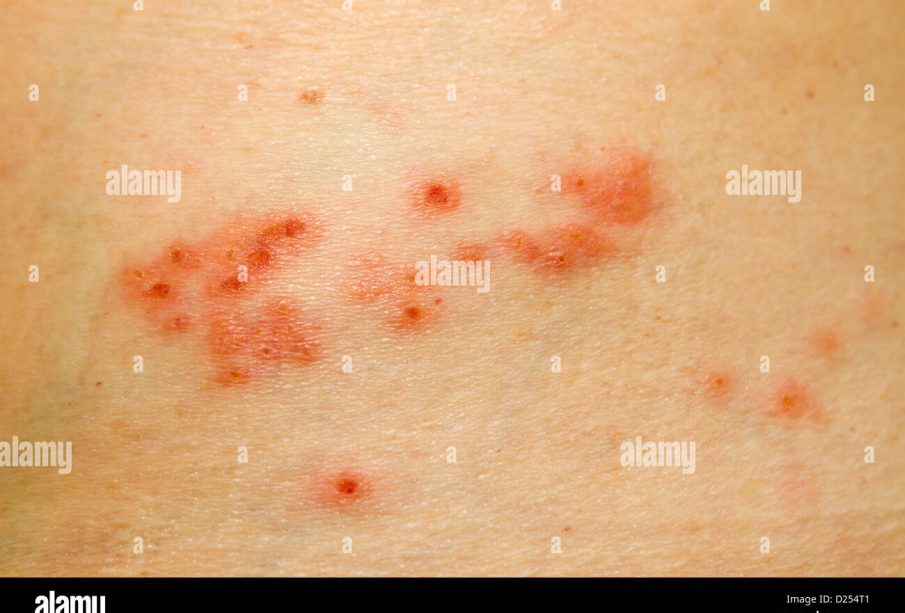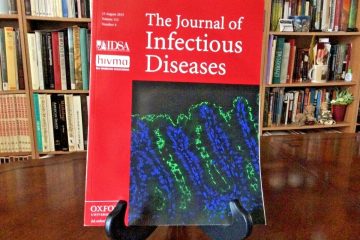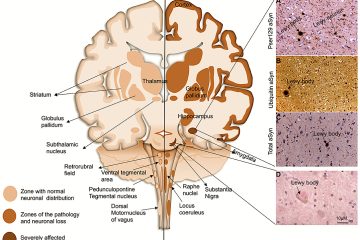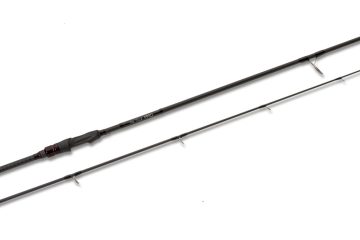Understanding Shingles: Causes, Symptoms, and Treatment

Introduction
Shingles, also known as herpes zoster, is a viral infection that manifests as a painful rash. It occurs when the varicella-zoster virus, which causes chickenpox, reactivates in the body. With the World Health Organization (WHO) estimating that nearly one in three people will develop shingles in their lifetime, understanding its causes and treatment options is more important than ever.
What Causes Shingles?
Shingles occurs when the dormant varicella-zoster virus, which remains in the sensory nerves after a person recovers from chickenpox, becomes active again. Several factors can trigger this reactivation, including a weakened immune system, stress, certain medications, or age. The risk increases significantly in older adults, particularly those over the age of 50, as well as individuals with immune system weaknesses due to conditions like HIV/AIDS or cancer.
Symptoms of Shingles
The main symptom of shingles is a painful, blistering rash, which typically appears on one side of the body or face. The rash can last between two to four weeks. Other common symptoms include:
- Burning or tingling sensation in a specific area
- Fever and general malaise
- Headache
- Sensitivity to light
It’s crucial for individuals experiencing these symptoms to seek medical attention promptly, as early intervention can significantly reduce the duration and severity of the outbreak.
Treatment Options
While there is no cure for shingles, several treatments can alleviate symptoms and promote healing. Antiviral medications, such as acyclovir, valacyclovir, and famciclovir, are often prescribed to reduce the severity and length of the outbreak if taken within 72 hours of the rash appearing. Pain management can also be addressed through analgesics and topical treatments to ease discomfort.
Prevention Strategies
Vaccination is one of the most effective ways to prevent shingles. The Shingrix vaccine, recommended for adults aged 50 and older, has proven to be over 90% effective in preventing shingles. Maintaining a healthy immune system through a balanced diet, regular exercise, and stress management can also contribute to reduced risk.
Conclusion
Shingles is a common yet painful condition that many will encounter in their lifetime. Awareness of its causes, symptoms, and treatment options is essential for effective management. As the population ages, the importance of vaccination and proactive health measures becomes even clearer, offering a pathway to avoid the painful effects of this viral infection. For anyone experiencing symptoms, seeking medical advice promptly is crucial in reducing the impact of shingles.







